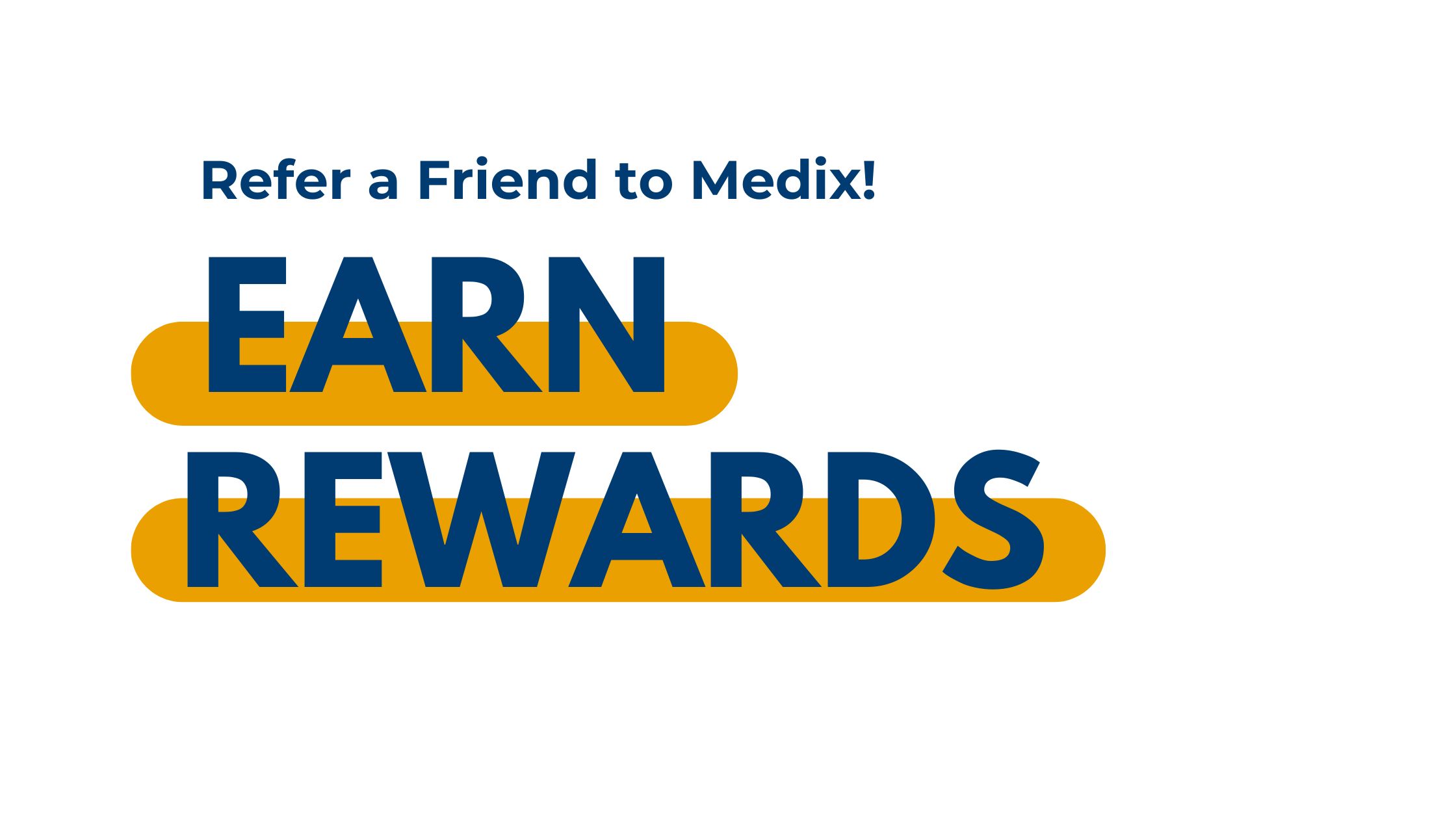Getting active and pursuing good personal health takes a lot of dedication and hard work, which is why many turn to fitness and health professionals to guide and support them during their journey.
Every client is different. Some may be out of practice and others may be learning how to exercise for the first time. No matter the reason, your role as a fitness and health professional is to encourage them to pursue healthier habits.
If you’re interested in taking the next steps towards a career in fitness and personal health, read on for a quick look into creating exercise plans.
Creating a Goal-Oriented Plan Is a Good First Step
Just as everyone exercises differently, your clients may also have different reasons for wanting to work on their physical health. Understanding a client’s motivations and needs is an important aspect of your career in fitness and health because it helps you set appropriate goals that they will be capable of reaching.
Every client—depending on their age, exercise history, and personal health—has a unique preference and ability to learn and perform certain exercises. This means that the goals you and your clients set should, above all, be achievable. While the human body is capable of great strength, it would be unrealistic, for instance, to expect a 65-year-old client to perform at the same standard as one who is in their twenties. A fitness consultant course can even teach you how to conduct initial fitness assessments to customize your plan to your clients’ specific needs.
It is also important to emphasize goals because it gives something for you and your clients to work towards, as well as something that demonstrates and measures the progress they’ve made. Exercise can be difficult for some to commit to, and setting a desired goal can give clients a framework which makes their exercise plan seem more achievable and less intimidating.
Primary Exercises Help Plan and Establish a Client’s Workout Regimen
After you’ve set the goals of your client’s exercise plan, you should next try to establish a foundation to work upon. Primary exercises are the main focus of a workout, and thus your exercise plan. These can be anything from squats to pull ups to deadlifts. Primary exercises should involve what you consider to be the most important exercises. It’s important to remember not to overload your client, but instead focus on continuing progression. Choose a small amount of reps or weight to begin with, and expand later if you feel it’s appropriate.
Graduates of Medix College can use their training to better prepare clients for their exercise plan
Use Lessons from Fitness and Health School to Keep Exercise Plans Simple
Clients, especially beginners, may be intimidated by the thought of following an exercise plan. In order to make them feel more comfortable with their plan, as well as exercise in general, it’s often best to keep it simple.
Some clients may be discouraged if they don’t see immediate progress. Fortunately, keeping clients motivated is a key topic covered in fitness and health school. Your exercise plan should try to encourage your client to take proactive, manageable steps and continue onwards with their training.
It may seem tempting to include a wide variety of exercises in a plan, but this can make your clients feel overwhelmed; instead, focus on a select few that fit their needs and can help them reach their desired outcome.
Fitness and health consultants should focus on exercises that fit their clients’ needs
Do you want to start a new career helping others improve their personal health?
Contact Medix College for more information about our fitness and health promotion training.





